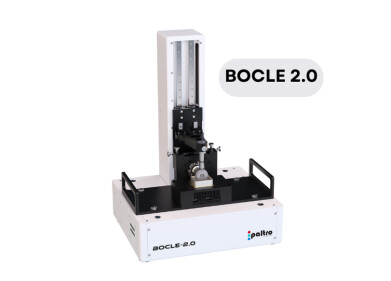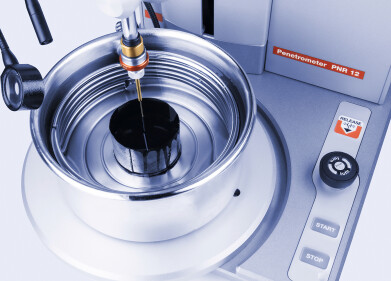Measurement and testing
New applications brief explains at-line sulfur analysis that saves time and money
Sep 16 2015
Sulfur content is a key quality determinant for many petroleum products. Knowledge of sulfur content impacts processing and assists compliance with federal, state, and local agency regulations that seek to control sulfur content for environmental reasons. A number of standards have been developed to guide industry in monitoring sulfur levels. They define acceptable levels that vary widely with the application, ranging from 10 ppm for road fuels up to percent levels in heavy fuel oil.
The need for at-line QC
Analysis of sulfur in fuels using XRF across the full range of concentrations has traditionally been done in a lab using wavelength dispersive X-ray fluorescence (WD-XRF) spectroscopy to test compliance with the ASTM D2622 standard or energy dispersive X-ray fluorescence spectroscopy (ED-XRF) to test compliance with ASTM D7220 or ASTM D4294. In such applications, once a sample is collected in the field it must be transported to the lab where it would likely be placed in queue. If samples are not found to be in compliance with the target standard, adjustments must be made and the test process repeated, further extending time to production. The footprint of ED-XRF technology has been decreasing steadily so some companies have been using it to do low level analysis at the point of production but this has required an external power source. For the many applications requiring detection, not including the ultra-low levels, a new generation of portable ED-XRF technology enables analysis at the production line shortening time to results from days to minutes. These applications, which are analysed by methods defined in standard ASTM 4294, include the determination of total sulfur in petroleum and petroleum products that are single-phase and either liquid at ambient conditions, liquefiable with moderate heat, or soluble in hydrocarbon solvents. These materials can include diesel fuel, jet fuel, kerosene, naphtha, residual oil, lubricating base oil, hydraulic oil, crude oil, unleaded gasoline, gasohol, biodiesel and similar petroleum products.
Bringing analysis to the line
ED-XRF analysis is performed directly on a sample usually with little preparation and with powerful new portable instruments that are rugged and can be used almost anywhere in the plant. Once a sample is collected from any process point it can be analysed rapidly and accurately right at the point of production. ASTM D4294 calls for analysis time of 1 to 5 min per sample and portable ED-XRF accomplishes that easily. This paper explains the application and provides the analytical results that can be derived.
With a carefully selected system, at-line analysis using a new generation ED-XRF instrument, can deliver the level of accuracy once found only in the lab, and by doing so, can boost process throughput, reduce costs, and provide your plant with far more flexibility than ever before: And the end result - more efficient, cleaner, petroleum processing.
Digital Edition
PIN 25.6 Buyers' Guide
January 2025
Buyers' Guide Directory - Product Listings by Category - Suppliers Listings (A-Z) Articles Analytical Instrumentation - ASTM D7042: The Quantum Leap in Viscosity Testing Technology -...
View all digital editions
Events
SPE Hydraulic Fracturing Technology Conference and Exhibition
Feb 04 2025 The Woodlands, TX, USA
Feb 05 2025 Guangzhou, China
Trinidad and Tobago Energy Conference 2025
Feb 10 2025 Point Lisas, Trinidad
Feb 11 2025 Lagos, Nigeria
Feb 13 2025 Manama, Bahrain




















